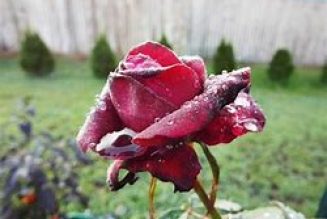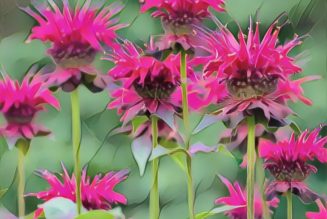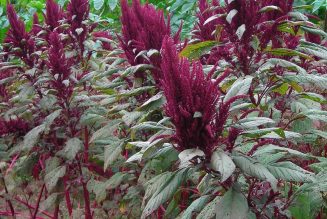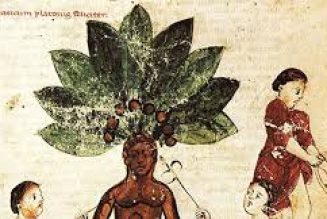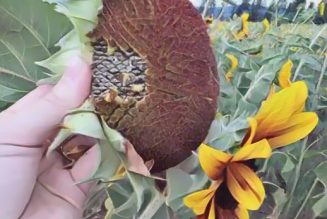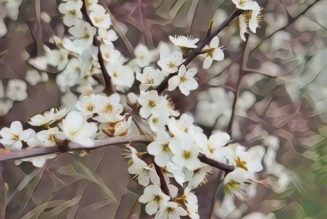Bamboo is recognized as one of the most ancient and respected plants in various magical traditions worldwide, with its presence noted in centuries of folklore, ritual, and symbolism. In Asia, bamboo is commonly associated with resilience, flexibility, and spiritual growth, and is often linked to concepts such as immortality and endurance. In Japan, bamboo groves are regarded as sacred spaces, believed by some to serve as sanctuaries where the boundary between worlds is considered thin, making them settings for meditation, spirit work, and spellcasting. In Chinese culture, bamboo features prominently in festivals and folk tales, where it is seen as a symbol of integrity and the balance between strength and gentleness. In India, bamboo is connected to fertility and is included in wedding rituals to represent prosperity and longevity. In regions such as the Caribbean and parts of Africa, bamboo is incorporated into folk magic practices for protection and for establishing boundaries against negative influences.
In magical contexts, bamboo is valued for its versatility. Its hollow stems are thought to channel and amplify energy, and bamboo is sometimes used as a conduit for spells, intentions, and spirit communication. Reported uses include protection, luck, hex breaking, banishing, wish granting, prosperity, divination, and healing. In some traditions, bamboo is fashioned into magical tools such as wands, flutes, staffs, and ritual knives, with each tool believed to carry the plant’s distinctive energy. For instance, a bamboo wand may be used to direct energy during spellwork, while a bamboo flute might be played to invoke spirits or raise vibrations during rituals.
For protective purposes, bamboo is sometimes placed above doorways or windows to deter negative energy and unwanted spirits. In Chinese folklore, bamboo chimes are hung to dispel evil and attract beneficial spirits, with their sound believed to purify the environment. Carrying a small piece of bamboo is considered by some to offer personal protection. Protective charms may involve carving runes or sigils into bamboo, anointing it with oils, and placing it near a bed for restful sleep and psychic defense. In Caribbean folk magic, bamboo crosses are occasionally created and buried at the corners of a property to establish a spiritual boundary.
Bamboo is also regarded as a symbol of luck and prosperity in several cultures. Placing bamboo stalks in homes or workplaces is believed to attract good fortune and opportunities. The practice of gifting “lucky bamboo” is common in Feng Shui, where the number of stalks is said to have specific meanings, such as three for happiness, five for health, and eight for wealth. Prosperity spells may involve filling a hollow bamboo stem with coins, rice, and herbs, then sealing it and placing it in a designated area to encourage abundance. In some Southeast Asian traditions, bamboo leaves are woven into charms and displayed in businesses to promote steady income and success.
In practices aimed at breaking hexes or curses, bamboo wands or sticks may be used to symbolically sweep away negative influences. In Japanese Onmyodo, bamboo is included in purification rituals, where branches are waved over a person or space to remove spiritual impurities. Burning dried bamboo leaves is another method used to banish negativity and restore balance. Banishing spells sometimes involve writing intentions on a strip of bamboo, breaking it, and burying the pieces at a distance. In some folk traditions, bamboo ash is sprinkled at thresholds to prevent the return of unwanted energies.
Bamboo is also used in wish magic and manifestation rituals. One approach involves writing a wish on paper, placing it inside a hollow bamboo stem, and sealing it before keeping it on an altar or burying it. In some cultures, bamboo flutes are played during rituals to invite spirits, send prayers, or seek blessings. Group rituals may include participants placing their wishes together in a bamboo container and planting it in a chosen location.
Additional uses of bamboo in magical contexts include weaving its leaves into amulets, using bamboo ash in ink for spell writing, and crafting divination sticks. To create divination sticks, thin pieces of bamboo are cut and marked with symbols or runes for use in casting or drawing lots. Bamboo’s rapid growth and resilience are often interpreted as symbols of hope, adaptability, and new beginnings. In healing magic, bamboo water—made by soaking fresh bamboo leaves in water—is sometimes used for cleansing wounds or anointing, drawing on the plant’s perceived purifying qualities.
Across cultures and practices, bamboo is frequently regarded as a symbol of strength, resilience, and transformation. Its uses in rituals and charms are diverse, reflecting both longstanding traditions and evolving interpretations. Exploring the folklore and practices associated with bamboo may offer insights into its role in magical and spiritual contexts, as well as its broader significance in the natural world..
Bamboo – Protection, Luck, Hex Breaking and Banishing, and Wishes.















